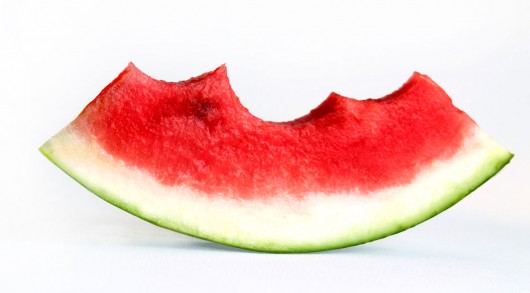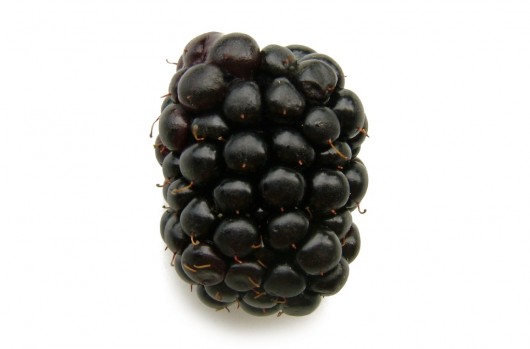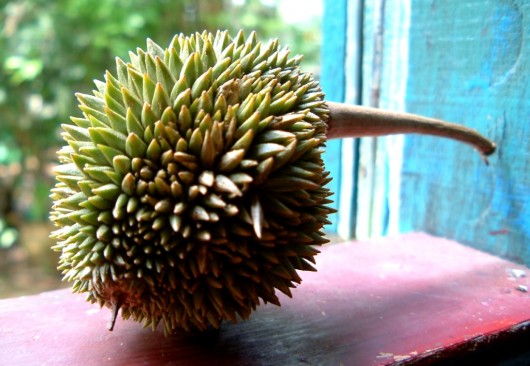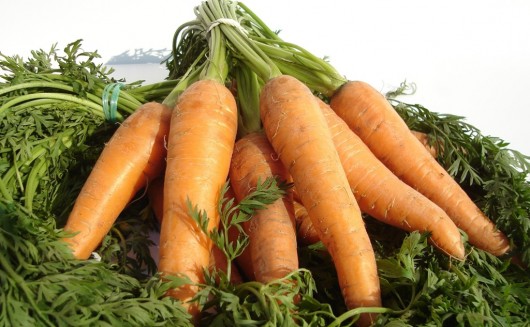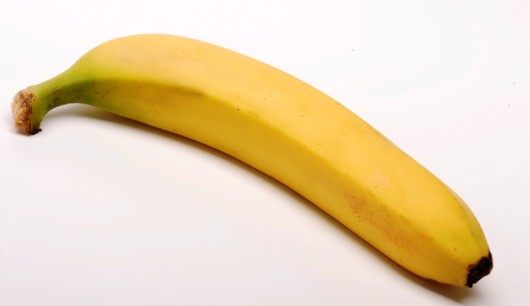Which Fruit Has The Most Lycopene?
What is Lycopene?
Lycopene is a red, fat-soluble pigment from the carotenoid family that can be found in certain fruits and vegetables. Lycopene aids in photosynthesis by serving as a light-gathering pigment while protecting plants from some of the more toxic effects of oxygen and light. It is most commonly found in fruits and vegetables with a red or reddish color such as tomatoes, watermelon, red carrots and papayas. Interestingly enough, it is not found in strawberries or cherries despite the fact that both fruits are well-known for their deep red color. Unlike other carotenoids, lycopene has no vitamin A activity.
Lycopene in Our Body
The benefits of lycopene to the plants and microorganisms in which it is found are obvious, but the pigment can also be very beneficial for us as well. First of all, lycopene is a very powerful antioxidant, meaning that it neutralizes harmful free radicals that have been known to contribute to cardiovascular disease, cancer and age-related diseases such as macular degeneration. Studies have shown that a diet rich in lycopene or a regiment of lycopene supplements may be especially effective in preventing prostate, lung and stomach cancer. One study performed by Harvard found that men who ate at least two servings of tomato sauce a week were up to 36 percent less likely to develop prostate cancer than those who ate less than one serving per month. Like nearly all foods made from tomatoes, tomato sauce is of course high in lycopene.
Lycopene is said to be generally safe. There do seem to be some side effects of having too much lycopene in one’s system, the most significant of which seems to be the way in which it can interfere with chemotherapy or other cancer treatments. A high concentration of lycopene or other carotenoids can result in the substance acting as a free radical, which may contribute to lung cancer in smokers.
Top Fruits For Lycopene Content
The amounts of Lycopene are given for 100g of each fruit.
1 Watermelon 4.532,00 mcg
2 Tomato 2.573,00 mcg
* no lycopene content data was found for other fruit
